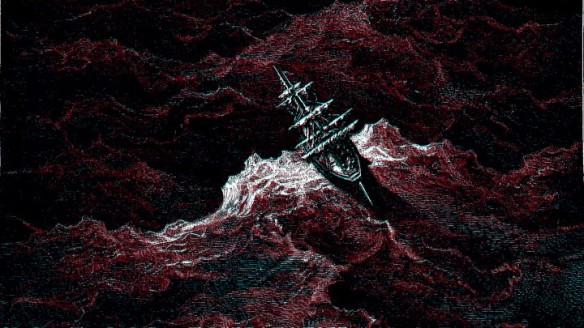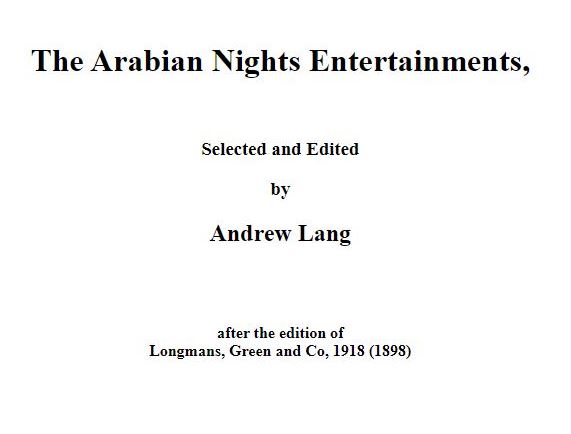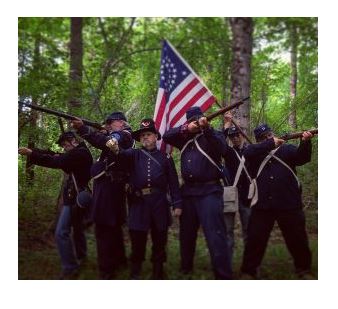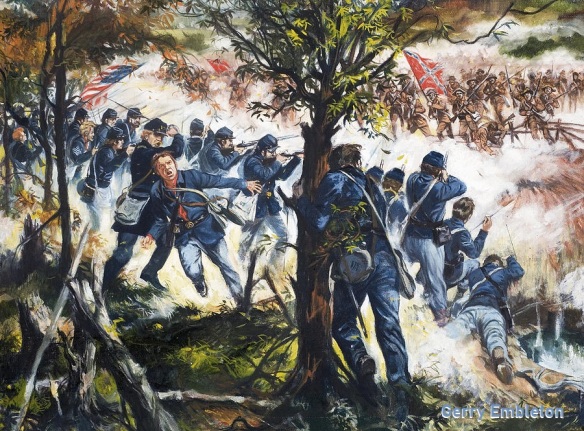Jane Austen’s canonical works could be described as, instead of a complete six, five complimentary works — and that other one, called Mansfield Park. It’s one of those novels that’s been dissected the world over and yet, still, no one can figure out whether they like it or not; but that doesn’t exclude it from most certainly being important to the literary canon in general. Invaluable historicity, exceptional character study, nuance of inter-familial relationships, these are among a few of the reasons for why this is the case. To date, Austen’s novels have been subjected to the kind of scrutiny that leaves their position as markers in the evolution of the novel almost forgotten, in favor of movie renditions. The canonical six have been ingrained into our society on the level of sensation so that the importance of their status as stepping stones to the common novel of the day is no longer recognizable. But it’s true: set aside Hollywood’s need to cash in on Austen’s genius and we have the novels bare bones, of which Mansfield Park is no less than a masterpiece of literary art to be rightfully included along with the other five.
The novel’s form is an essential reason for why it tends to fit in as part of the canonical six. It’s written in three volumes, and though most of the canonical six have been written like this (Northanger Abbey and Persuasion have two volumes a piece and were published together, intended to be a four volume set), it’s a critical point to reiterate nonetheless. The Wiki page on the “three-volume novel” will tell you how this structure was important to nineteenth-century writing and publishing, an indicator that Austen was at the forefront in the rise of the novel tradition. (It’s amazing to recall this every time a movie reviewer thinks of their subject in “three acts.”) Consider also the year Mansfield Park was written, around 1813, and we have our explanation for the traditional “once upon a time” type introductory diegesis; and yet it’s unique for the way Jane tweaks the mode by immediately providing necessary story facts through un-staged moments of dialogue. “[They] cannot be equals,” Sir Thomas tells his female counterparts, as we learn there’s a child relative coming to stay with them. Mansfield Park later strays slightly from the other novels by wrapping up on an equally, even heavier diegetic mode, where we learn the outcome of all the characters without written scenes to show us how it all went; which keeps the narrative from being longer than its already 160,000 word count. But it’s on the whole that in three volumes, with a diegetic opening, that the novel stands complimentary.
Of course, Jane Austen and “form” cannot be discussed without mention of her perfected, narrative technique. She’s renowned for what’s been termed throughout the world of English studies as “free indirect discourse.” The Penguin Dictionary of Literary Terms & Literary Theory describes it as the “presentation of thoughts or speech of fictional characters which seems by various devices to combine the character’s sentiments with those of a narrator.” Katheryn Sutherland calls it “Austen’s mature narrative mode, whereby a central fictional consciousness (usually the heroine’s) is absorbed into the omniscient narrator’s voice — a fusion of first- and third-person narrative” (from her introduction to the Penguin Classics edition). Example given, when Fanny watches Edmund assist the lovely Miss Mary Crawford with horse riding, the narrative medium states: “[W]hat could be more natural than that Edmund should be making himself useful, and proving his good-nature by any one?” Here, Fanny is wrestling with minute feelings of jealousy, and we are privy to her thoughts as she rationalizes the situation so that she can accept what she’s seeing. Fanny isn’t speaking, but we know what she’s thinking nonetheless.
On that note, Mansfield Park surprised me for the one thing I hadn’t noticed in the other five novels: I felt that for minute there, I had met Jane herself. If I’m not mistaken (please correct me if I’m wrong), but I think this is the first time I’ve encountered her inserting herself into the narrative, in the first-person. In Volume II, Chapter Six, she fears for her protagonist, personally. After Henry tells his sister he’s going to go after Fanny for marriage, Jane goes on to describe women who are not susceptible to this kind of scheming, and then she — the narrative — states, “I have no inclination to believe Fanny one of them.” (Her opinion is that Fanny could potentially be swayed.) At the end of the novel, again, she inserts herself, five more times, the last in reference to Edmund and Fanny: “I only entreat everybody to believe that exactly at the time when it was quite natural that it should be so, and not a week earlier, Edmund did cease to care about Miss Crawford, and became as anxious to marry Fanny as Fanny herself could desire.” No one’s ever mentioned these self-inserts to me; I’ve never seen them mentioned at all, and yet I find it calmly exhilarating that Jane Austen herself is speaking to me, as one of her readers, through her book from over 200yrs ago. [Side note: I also found it exhilarating that I had never seen use of the word “eclaircissement” in a book before, so how’s that for the reading of a classic?]
The content is what has everyone up in arms about Jane Austen’s third published novel. Apparently Fanny is too innocent for some; or maybe she knows how to judge the character of people a little too precisely; alternatively, it’s been hailed as one of the bleakest looks at family relationships compared to Austen’s other stories. Such as Sir Thomas’s daughters, who don’t feel for him, and Mrs. Norris’s perpetual lowering of Fanny, and Lady Bertram, who sometimes seems to love her Pug more than anything else; and even the ending presents us with a failed marriage amid scandal in tandem with an elopement. The material for a dissertation here is fascinating, in spite of the negative associations, but I will say that for my part, this is the novel that shows one scene at its harshest, resulting from Fanny’s denial of Henry Crawford. Realizing that she’s being obstinate, Sir Thomas feels it necessary to scold Fanny in her room for the way she feels, and she begins to cry in a very serious way; she’s wounded, severely; the entire thing becomes a brutal ordeal and is, in essence, the plot-point of the entire novel. The descriptive nature of this scene is dark, but I have to state that it was because of things like this and — Fanny’s isolation at times, her feelings because of Mrs. Norris, her resilience working to defy Henry and Sir Thomas no matter the cost — that I found myself feeling for her, even as I’m aware of her detractors and the reasons they have for not liking her.

A portrait of Princess Ekaterina Dmitrievna Golitsyna (with her pet Pug) by Louis-Michel van Loo (1759) Moscow, Pushkin Museum of Fine Arts; Lady Bertram can be imagined in this fashion, coveting her precious animal.
Mansfield Park may be the black sheep of the family, for the world of Austen readers and all those who feel that close connection to her novels, but there’s no denying that it participates in the larger understanding of Austen’s genius. The book is necessary and Fanny is fine; she’s not a harmful person and she loves one man; she has integrity whether anyone likes her or not. What the novel itself shows can be likened unto that view we get of nature sometimes, when we find ourselves loving the world even when a series of darkening clouds move in — it’s part of the majesty of the planet, just like Mansfield Park is part of the majesty of Austen’s canon. In fact, the idea that Mansfield Park can be dark seems to fly in the face of wonderful scenes like when we observe Mary playing the harp, or spending time with Fanny when we learn how important the solitude of the East Room is to her, and how she likes to read. It’s even kind of nice to see her bonding with Susan after the tender moment where we learn about Little Mary. Mansfield Park isn’t Pride and Prejudice, so it’s true, but it’s the contrast that we perceive that allows us to know how life can really be, as told through the eyes and mind of Jane Austen.


















































